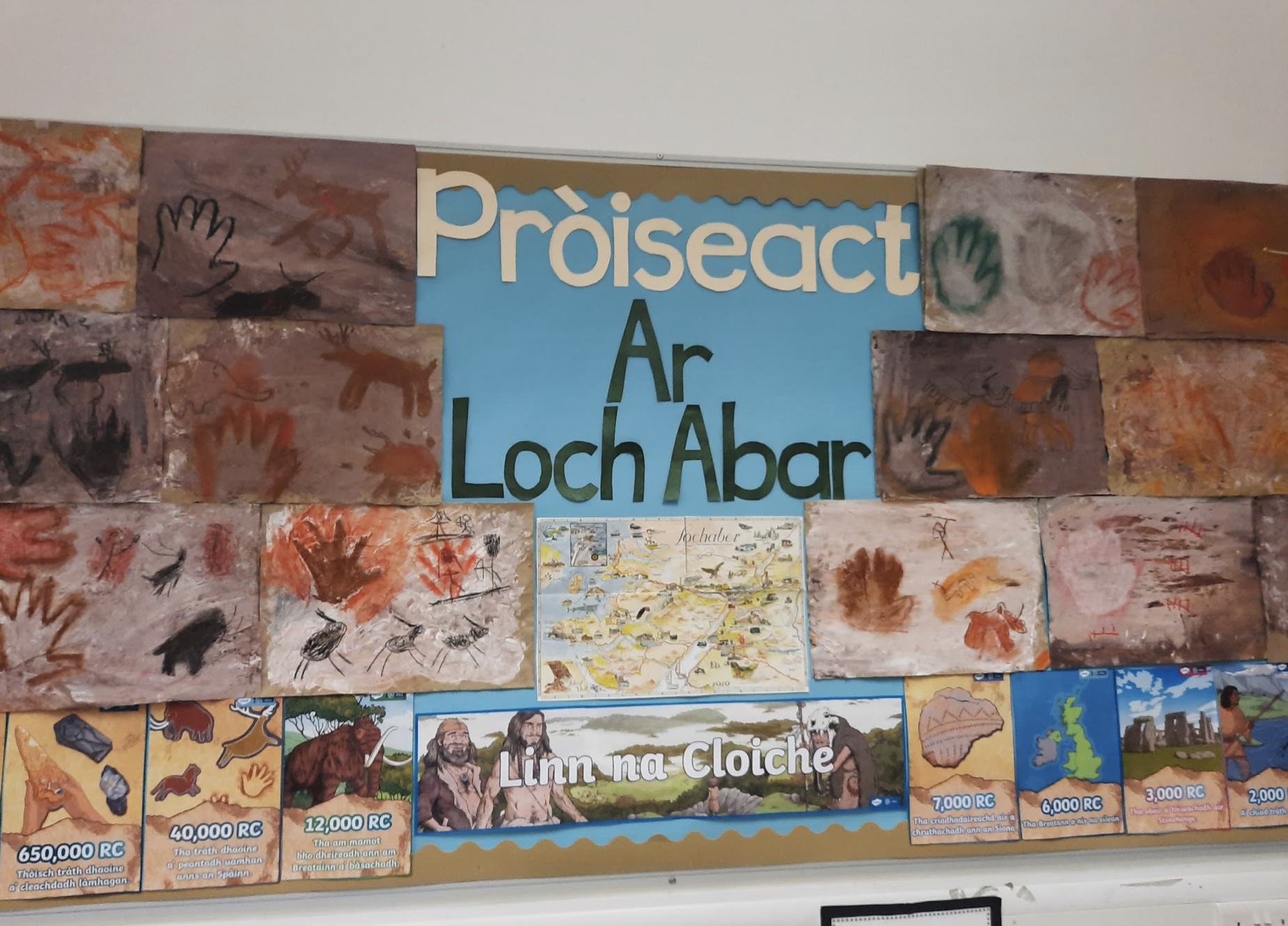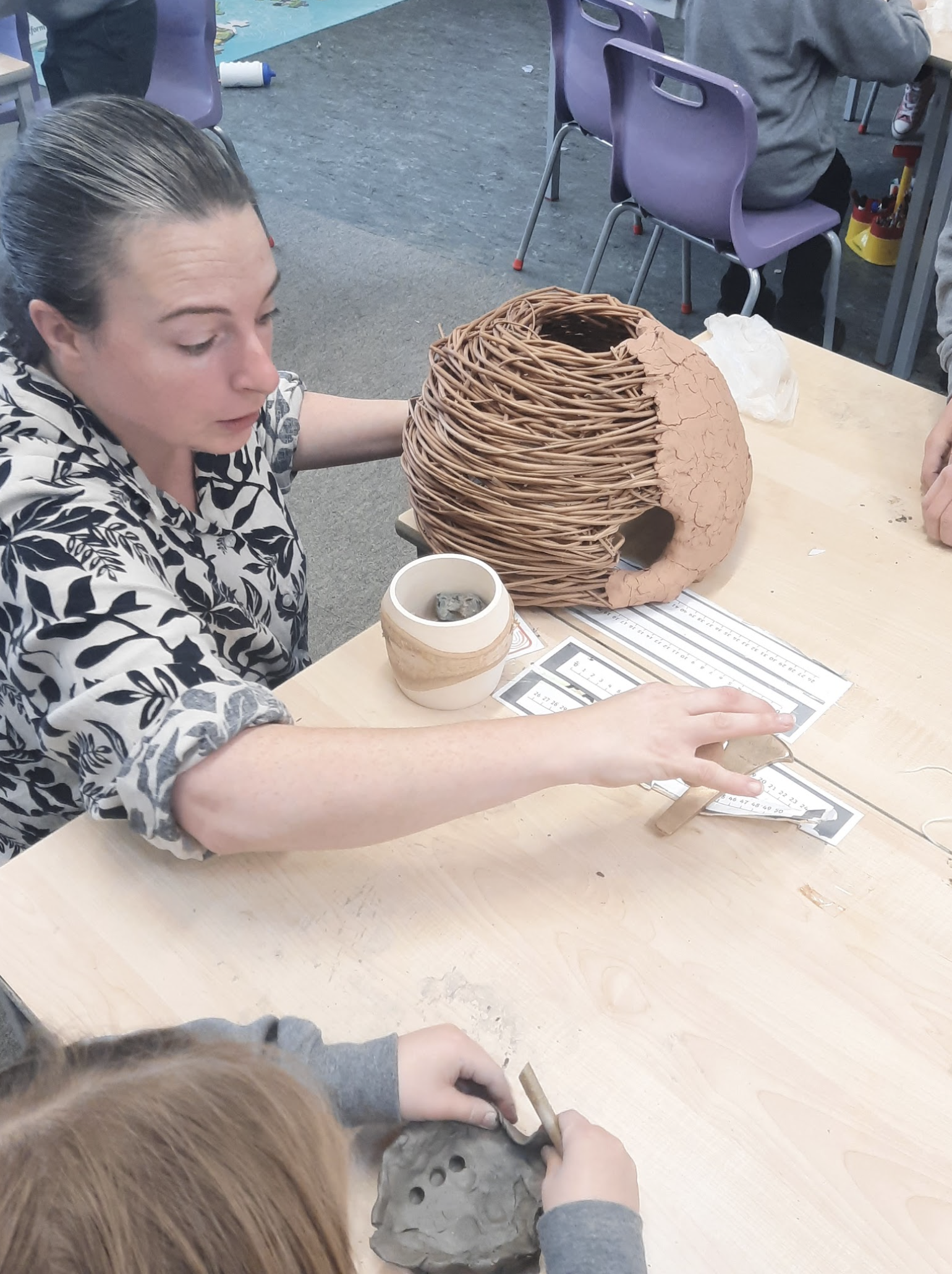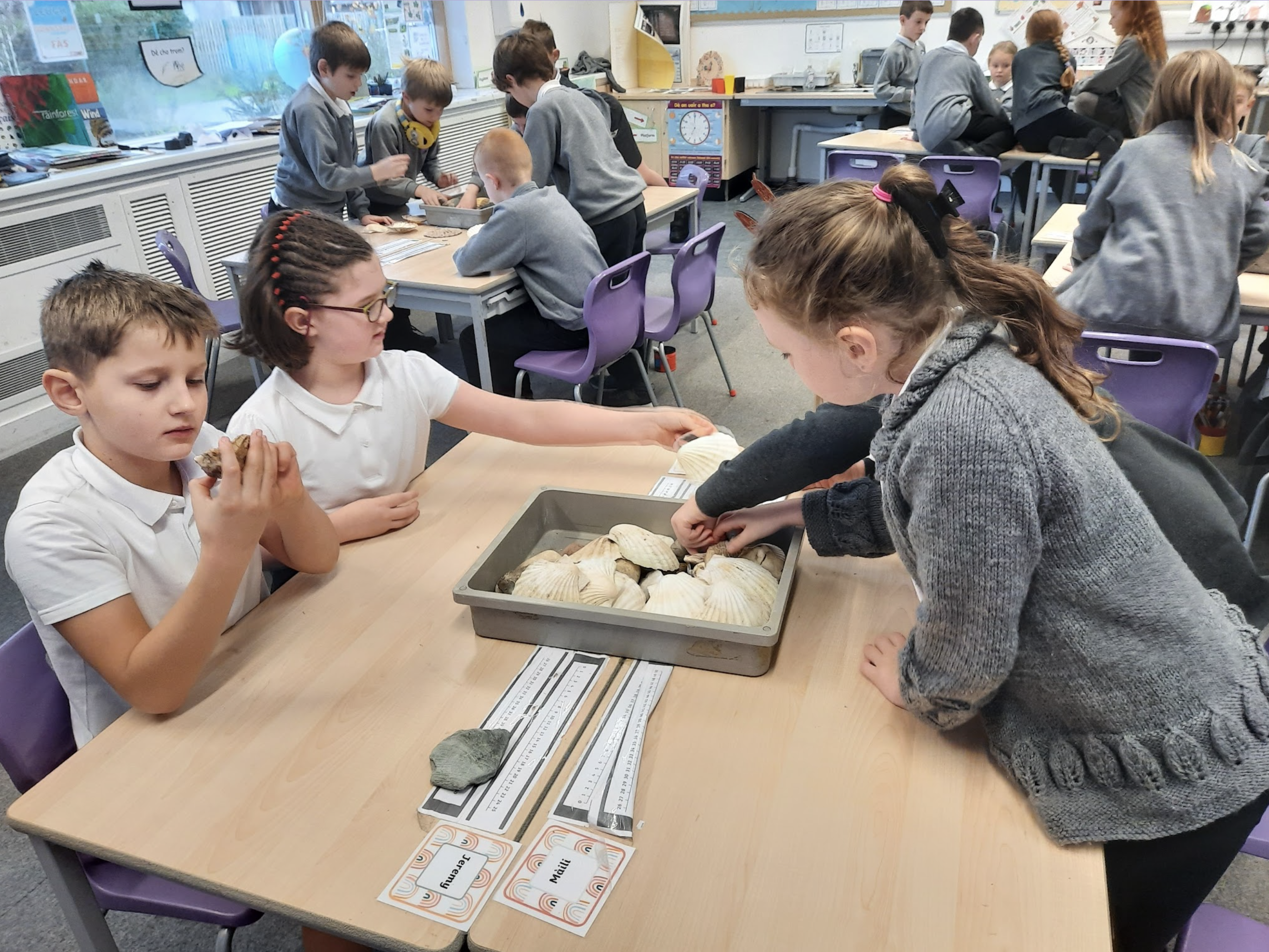Archaeology – Early people of Lochaber
Introduction to Archaeology
The study of past peoples and their culture is called archaeology. An archaeologist studies the remains of human activity, such as buildings, pottery or metalwork, and sometimes the bones of the ancient people themselves.
A ‘dig’ is a site where archaeologists carefully search under the ground for evidence of past people.
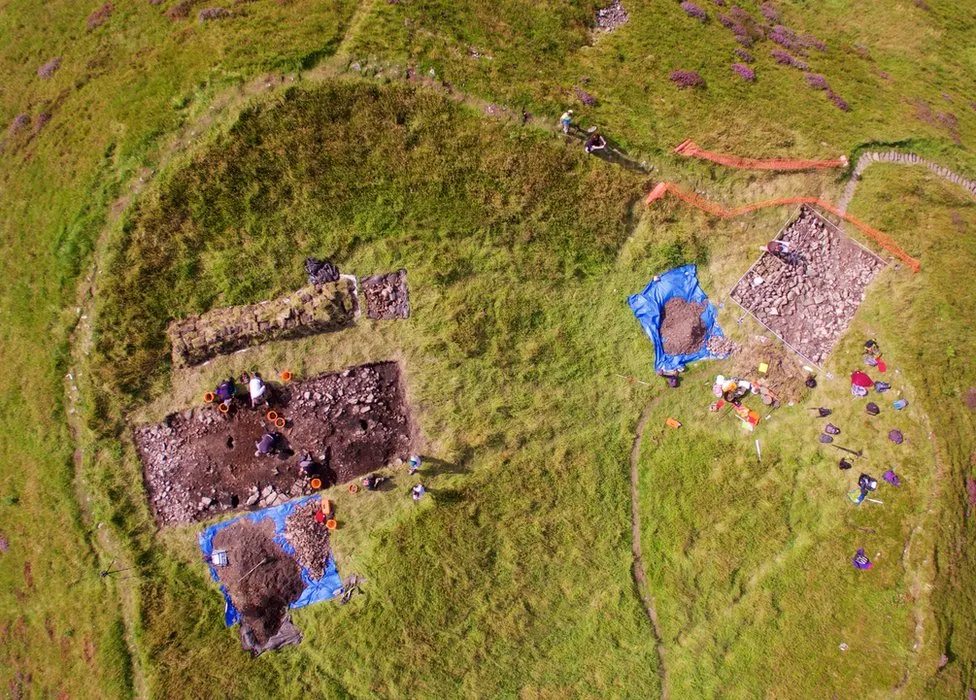
Credit: Dave MacLeod
Ben Nevis / Beinn Nibheis model.
Ben Nevis / Beinn Nibheis by Lewrie from Bun-Sgoil Ghàidhlig Loch Abar.
There were three phases of early people in Lochaber:
- Stone Age
- Bronze Age
- Iron Age
Stone Age
The Stone Age itself had three phases: the Paleolithic, Mesolithic and Neolithic. The word ‘lithic’ comes from the Greek word for ‘rock’, and is used to mean cultures which used stone tools.
Paleolithic or Old Stone Age – in Scotland, this dates from 14,000 to 12,800, as the Ice Age was ending. Before this, the Highlands were completely covered in ice sheets and glaciers. These early people lived in small groups and were nomadic, meaning they did not settle but were constantly moving to find food. They used simple stone tools, sometimes just broken pebbles, as they hunted and gathered to stay alive. Caves were used as shelters.
Mesolithic or Middle Stone Age – from 12,800 to 6,100 years ago. This is the earliest era of human life which we have evidence for in Lochaber. These people lived almost entirely along our coast; hunting, gathering and fishing to survive.
Ancient ‘shell middens’ have been found here. These look like rocks at first, but are literally rubbish heaps – people ate shellfish and threw away the shells.
As well as stone, Mesolithic people used bone tools, sometimes made from antlers of deer. Fish could be caught using bone harpoons, carved into a jagged shape.
Neolithic or Late Stone Age – from 6,100 to 4,500 years ago. This was a time of great change. For the first time, people began farming. Crops were sown and animals kept. This meant that there could be permanent settlements – the first villages. Crops were sown and animals kept.
Neolithic homes were usually huts made of wood. Elsewhere in Scotland, stone could be used where wood was scarce, such as at Skara Brae on Orkney, a wonderfully preserved site of Neolithic stone dwellings.
People began to use flint tools as well. Flint is a very hard, glass-like stone which can be ‘knapped’ – skillfully chipped into shapes. The earliest flint blades were used for scraping animal hides, for clothing and dwellings. Then larger blades were made into axes for cutting wood, so tools and weapons could have wooden handles. Flint arrowheads tell us that bows and arrows were used for hunting. Beautifully shaped stone hand-axes have been found in Lochaber, made from different types of rock.
Stone circles and standing stones, found throughout the Highlands, are from Neolithic times. They are remains of an ancient culture, perhaps used for religious or ceremonial purposes.
Bronze Age
The Bronze Age dates from 4,500 to 2,800 years ago. In this era, the skill of metalworking spread from Ireland and Europe. Bronze was used for tools, jewellery and weapons, sometimes with beautiful designs. Sword blades were made in a distinctive ‘leaf’ shape.
Other materials such as gold, amber or jet were used to make armlets, anklets, necklaces, and ear pendants.
The ‘Beaker People’ migrated from mainland Europe to Scotland. This culture is associated with decorative earthenware pots called ‘beakers’. These pots were often buried with their dead.
Bronze Age people lived in ‘roundhouses’. These were round huts made of stone and earth, with a thatched roof. A bronze age roundhouse was excavated on the Isle of Canna in Lochaber.
Clothing could now be made from woven cloth, made from plant or animal fibres. Plant fibres could include nettles, and animal fibre could be wool or hair from horses, cattle or even dogs.
Iron Age
This dates from 2,800 to 1,600 years ago. This was a time of great change in Scotland.
Iron came to replace bronze for making tools and weapons. Iron was harder, longer-lasting, and could take a much sharper edge.
More sophisticated types of buildings such as such as brochs (a round, fortified tower dwelling) and crannogs (artificial islands), as well as duns (hillforts), appeared around the Highlands.
Here in Lochaber, we have Dun Deardail hillfort, in Glen Nevis just outside Fort William. It was built around built around 500 BC. It is called a ‘vitrified’ fort, meaning that the stones were heated by a fire so hot that they melted, then set to a glass-like state. It is still a mystery as to whether this ‘vitrification’ was deliberate or accidental. It may have served first as a Celtic fort and then a Pictish citadel.
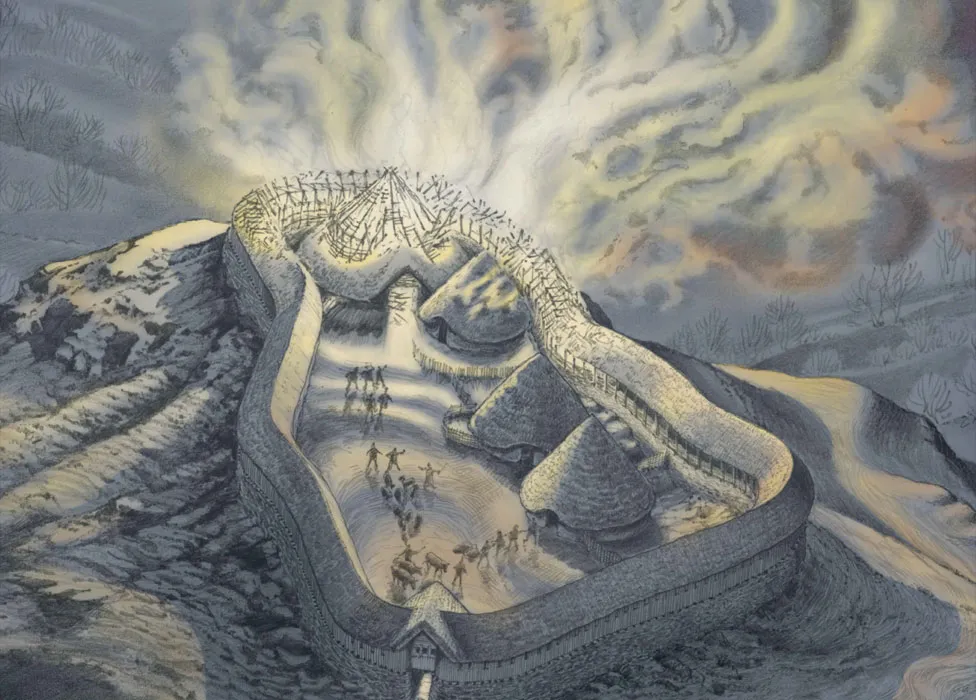
There were different peoples living in Scotland in this era.
This was also the time of Roman occupation in England and parts of southern Scotland, but the Romans had no presence in Lochaber. However, the arrival of Romans, around AD 70, marked the beginning of written records, so this is where “prehistory” ends in Lochaber. The Romans retreated from Scotland to Hadrian’s Wall in the north of England in AD 165.
The Picts were an iron age people who lived in North and East Scotland. There is still much to be discovered about the Picts, with disagreement among scholars. They likely spoke an ancient Celtic language related to Welsh, before Gaelic became widespread. They were an artistic people who left behind elaborate stone carvings. Their name comes from a Latin word: ‘picti’ meaning ‘painted people’. This is because they were said to paint patterns on their bodies with woad, a blue dye.
Established in the 5th century AD, the Celtic kingdom of Dalriada spanned the Irish Sea, including Argyll and Lochaber in Scotland, and Antrim in the north of Ireland. It was the Gaelic clans of this region who were said to have given Scotland its name – the word ‘Scot’ coming from Scoti, the Latin name given by the Romans.
The Dalriadan Celts are said to have brought Christianity and Gaelic with them, although this view is disputed by some archaeologists.
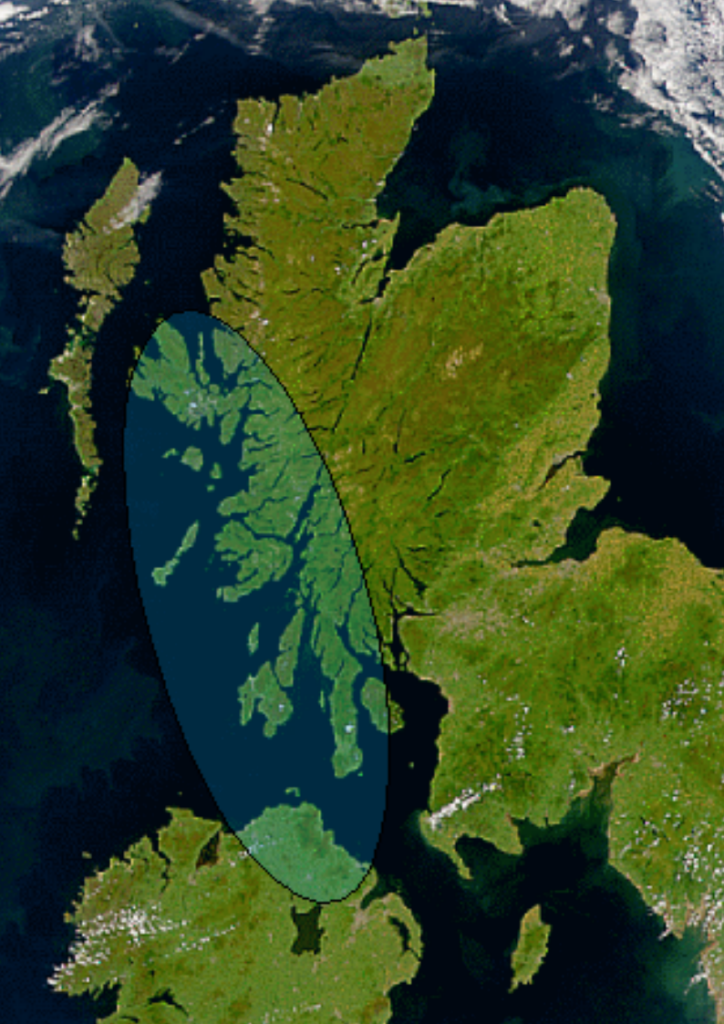
Eventually, the Picts and Scots were merged into one people. Later on, in the 8th century, Dalriada came under Pictish rule, and, a century later, Kenneth MacAlpin became King of both Dalriada and the Picts. King Kenneth 1st is considered to be the founder of Scotland.
Our Natural History collection.
Want to find out more?
Dig it! Scotland. A guide to Scotland’s archaeological time periods: Click here
See in the Museum?
There is a fine collection of prehistoric objects from the early people of Lochaber. These are located in Room 4.
An amazing Mesolithic fish harpoon, carved from bone, which was found at Back of Keppoch in 1971. It is 5,000 years old.
A Mesolithic shell midden.
Some beautifully shaped Neolithic stone axes and flint arrow heads.
Bronze age decorated clay pots.
A bronze leaf-blade sword.
Two bright gold armlets, discovered by a crofter at Kilmallie in Victorian times.
A partly-preserved Iron Age child’s leather shoe.
Interesting places to go
Dun Deardail fort, Glen Nevis. You will need to have a parent or guardian with you for this walk. Start at the Glen Nevis visitor centre and follow signs. It will take about an hour to get to the fort site.
Clach a Charra standing stone, Onich. This Neolithic standing stone is over seven feet high, and has two circular holes in it. It is in a field in private land, but can be seen from the pavement by the main road. Permission to enter the field can be obtained at the nearby cottage. Again, you will need to have a parent or guardian with you.
Activity suggestions
Make a model of a prehistoric dwelling, such as a crannog or a roundhouse.
Make a Bronze age decorated pot from clay.
Design jewellery, such as a torc, from paper maché or clay, and paint it with metallic paint.
Imagine that you are a person of your own age, from one of the Prehistoric eras in Lochaber. Describe a day in your life; what you are wearing, what you eat and what you, your family and community do.
What did our partner schools do?
Both schools had a visit from Tara Coggans, who is an archaeologist and highly experienced heritage educator. The pupils were treated to a lively, informative presentation and workshop on the subject of Early People of Lochaber. Everyone had the chance to try their hand at making a Bronze Age pot!
Pupils in Mr Ross’s class at Lundavra made some wonderful models of Neolitihic stone circles, and also some very convincing-looking stone axes from paper maché.
BSGLA pupils made cave art paintings, including hand prints and stylised animals.
Pupils from Bun-Sgoil Ghàidhlig Loch Abar learning about Archaeology.
A gallery of models made by pupils from Bun-Sgoil Ghàidhlig Loch Abar.
